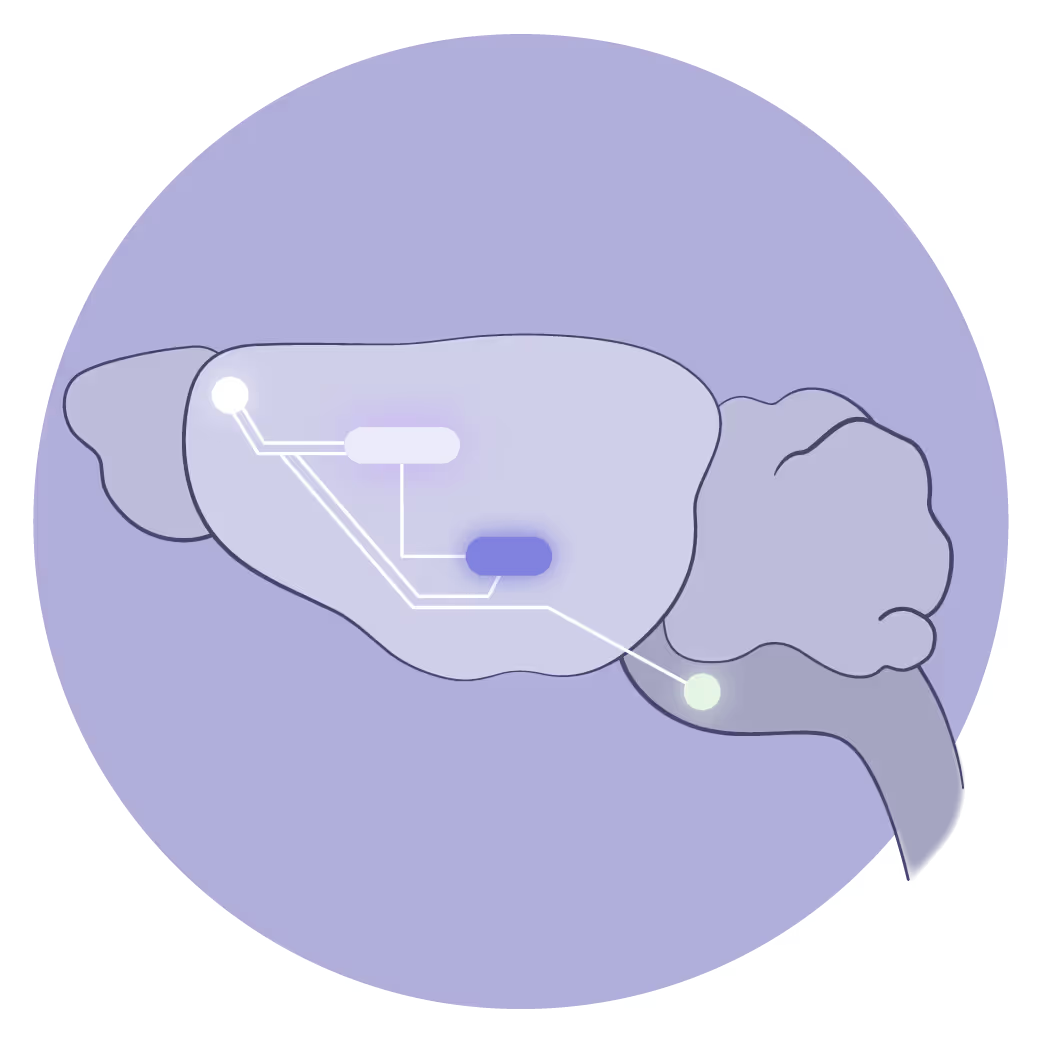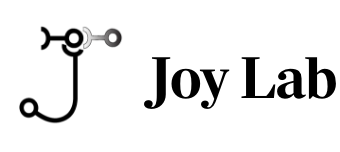Understanding mechanisms of circuit reorganization and repair

Stroke causes death of brain tissue, leading to long-term motor and cognitive deficits, making it the leading cause of serious long-term disability
With the loss of brain regions after a stroke, surviving circuits rewire and attempt to adapt to this loss. There is little understanding of the fundamental mechanisms of how circuits rewire and the consequence of these rewiring processes on brain function. The focus of the Joy lab is to understand mechanisms of circuit reorganization, identify maladaptive and adaptive processes, and determine how these processes change the way the brain encodes motor and cognitive functions. Our investigations span synaptic, molecular, circuit, and behavioral domains to identify circuit mechanisms and molecular signatures that drive recovery and identify therapeutic targets for stroke recovery.
We are also interested in translating these findings to other disease models of CNS injuries. We use a host of techniques, including but not limited to large-scale mesoscopic calcium imaging, widefield imaging, optogenetics, transcriptomics, gene/protein targeting with viral vectors or drugs, and ethological measurements of behavior. The work in the Joy lab falls into three broad categories: dissecting structure-function relationships in the post-stroke brain, identifying endogenous mechanisms of brain repair, and circuit and molecular mechanisms of learning and memory as therapeutic targets for stroke recovery. We are also interested in developing tools that will enable large-scale optical recordings in conjunction with behavior that are easily adaptable to experimental needs.

Structure-function relationships in the post-stroke brain

While a stroke causes death of brain tissue at the stroke site, the brain is remarkably plastic for a certain period of time after a stroke – there are changes in genes that are expressed, new growth of axons, and new synapses being formed. However, we have struggled to understand what this means for recovery of function. Using viral tracing, tissue clearing, light-sheet microscopy, and optogenetics, we are uncovering the wiring diagram of how circuits deviate in the post-stroke brain. We then perturb these new wiring patterns to understand their functional consequence on motor function.

Identifying endogenous mechanisms of brain repair

Motor actions depend on the coordinated activity of neurons across different brain regions. After a stroke, neuron loss disrupts these coordinated activity patterns, leading to motor deficits. To better understand how neurons reorganize their activity after a stroke—and whether this rewiring helps or hinders recovery—we use advanced techniques, including two-photon mesoscopic calcium imaging and widefield calcium imaging to track large-scale neural activity, high-speed behavioral recordings to analyze motor function, and deep learning to interpret complex neural and behavioral data. Our goal is to uncover how neural networks adapt post-stroke and whether these changes support or limit motor recovery.

Circuit and molecular mechanisms of learning and memory as therapeutic targets for stroke recovery

Recovery after a stroke requires relearning to perform tasks that were once perfectly executed – this has been a guiding principle of neurorehabilitative practices in the clinic for stroke patients. Learning-induced plasticity in the brain can be beneficial, and we take advantage of known circuit and molecular pathways that play critical roles in regulating how memories are formed in the brain to test if targeting these mechanisms can affect post-stroke motor function. We have identified a potent regulator of learning that can significantly improve stroke recovery when targeted after stroke, both in mice and humans, leading to clinical trials for stroke. This has opened many lines of investigation that include how neural activity patterns differ during conditions of recovery vs when the brain endogenously repairs itself, and the quest for more potent drugs to target cellular and molecular mechanisms of learning and memory for stroke recovery.


.png)